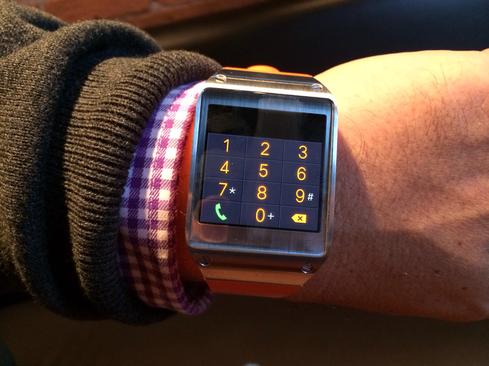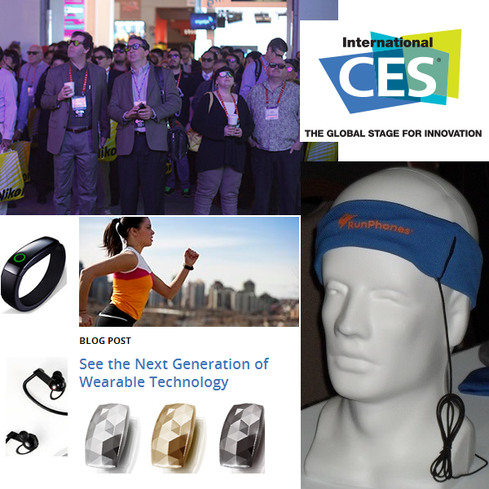Samsung is in talks to release a cellular-equipped Gear 2 smartwatch. Could the device alter the landscape for wearable devices?


10 Wearables To Watch At CES 2014
10 Wearables To Watch At CES 2014 (Click image for larger view and slideshow.)
Samsung is in discussions with SK Telecom about releasing a version of the Gear 2 with built-in support for cellular networks. This would let owners of Samsung's smartwatch make and receive phone calls directly from the device. Though it's not a novel idea, if Samsung can make the technology work well enough, it could alter the landscape for wearables dramatically. After all, making calls from your wrist is the ultimate Dick Tracy vision.
The device would initially be limited to Samsung's home market of Korea, according to sources cited by the Korea Herald, but they hinted that availability could expand to other markets after a period of exclusivity. The Gear 2 will need to be modified significantly to support a SIM card and a cellular radio, both of which will add bulk. The real technical issue, however, is likely to be battery life for a cell-equipped smartwatch.
The original Galaxy Gear smartwatch ran Google's Android operating system. It had a Bluetooth radio, but not WiFi or cellular data. Even without the power-chugging mobile broadband radios on board, the Gear offered battery life of only about 24 hours. Samsung improved battery life dramatically with the Gear 2, which offers 2-3 days of battery life, according to the company. Samsung didn't specify how it accomplished these longevity gains, though possibilities include the Tizen operating system, the battery, and other components such as the CPU. Adding a cellular radio could reduce the Gear 2's battery life back to the 24-hour mark, which should be acceptable for most users, given the increased utility in such a device. However, anything less than 24 hours might reduce the appeal of a cellular-capable smartwatch.
[Will the more conventional round design of Motorola's 360 smartwatch appeal to buyers? Read Moto 360 Smartwatch: 7 Challenges.]
It's easy to envision the benefits of a smartwatch with a standalone cellular connection. Making phone calls from anywhere is the most obvious and perhaps the least interesting. With an independent data connection, smartwatches could sync and update data such as weather and calendar appointments more frequently. Connected smartwatches could serve as more accurate workout partners or provide location data in the event of emergencies. Combined with the onboard camera, a connected watch could even be used to transmit live video to other devices.
Samsung hopes developers are excited about these and other possible uses for smartwatches. The company recently released an SDK for its Gear 2 and Gear 2 Neo smartwatches. The Tizen SDK for Wearables runs on Windows, Ubuntu, and Mac OS X and consists of the Tizen Wearable IDE, Emulator, tool-chain, sample applications, and documentation. The company says about 100 apps will be available for the Gear 2 and Gear 2 Neo when they go on sale.
The first version of the Gear 2 smartwatch will be released by April, but it will be limited to Bluetooth. This means users will need to connect it to a smartphone in order to make or receive phone calls. The Korea Herald's sources didn't indicate when the second version might arrive.
Engage with Oracle president Mark Hurd, NFL CIO Michelle McKenna-Doyle, General Motors CIO Randy Mott, Box founder Aaron Levie, UPMC CIO Dan Drawbaugh, GE Power CIO Jim Fowler, and other leaders of the Digital Business movement at the InformationWeek Conference and Elite 100 Awards Ceremony, to be held in conjunction with Interop in Las Vegas, March 31 to April 1, 2014. See the full agenda here.
About the Author(s)
You May Also Like







